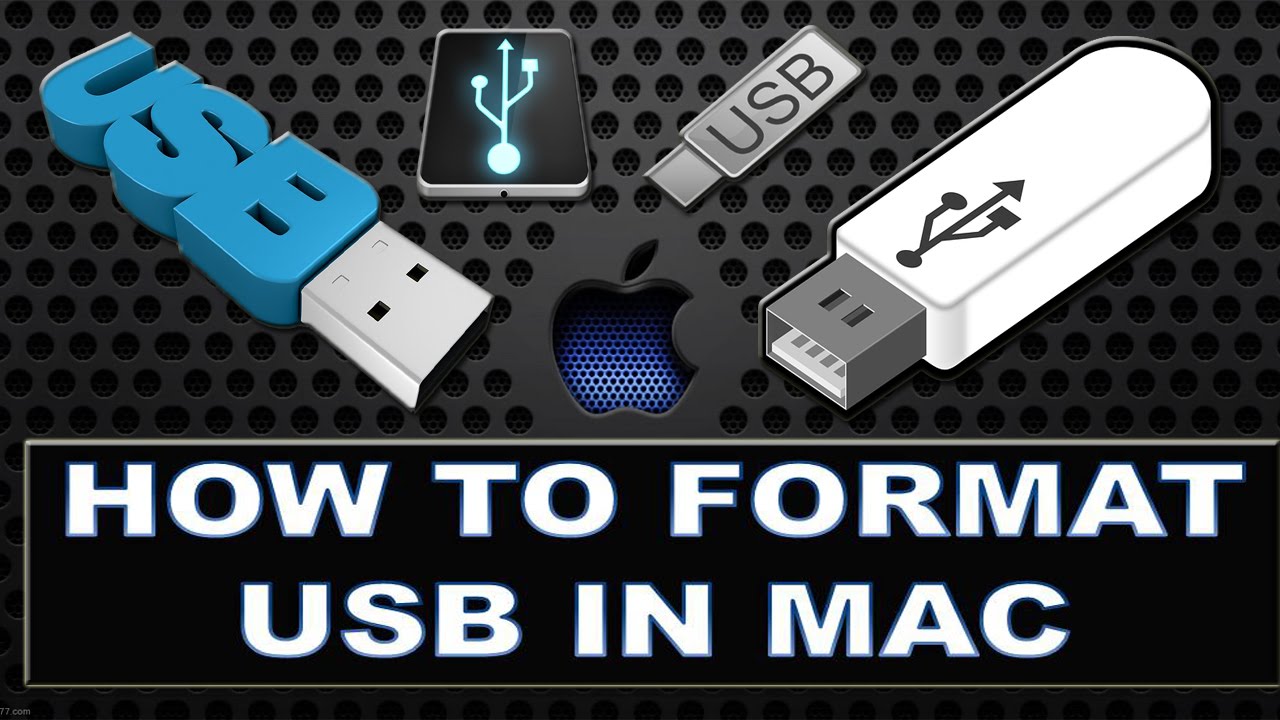

Take a look online to make sure the files you're trying to transfer to the Mac are compatible with macOS. If your drive shows up on a Mac, but it appears to be empty, it could be a problem with the types of files you're trying to transfer. Make Sure the Contents of the Drive Work With macOS If it doesn't work anywhere, then you can be certain there's a problem with the drive. Try using a different drive or a different port instead.Īlternatively, try using your USB drive with a different computer to see if it works with that. If your USB flash drive or external hard drive doesn't show up in Disk Utility, then there is probably a physical problem with the drive or the USB port on your Mac. Type Create and Format Hard Disk Partitions. Using Windows: Connect the drive to your PC and launch the Start Menu.

You can now drag or copy your files from the external drive to your PC. Connect the drive to your PC and launch File Explorer to access the drive.

Click the First Aid button in Disk Utility to fix any issues with the drive, then try to access it in Finder again. Reformat the Flash Drive to FAT32 Insert the flash drive into your computer Hover your mouse pointer Locate the flash drive Click Start to format the drive. Use Finder to drag and drop files and data from your Mac to the external drive. If your USB drive is in ExFAT, FAT32, APFS, or Mac OS Extended format then it should work on your Mac. So you'll need to reformat your drive if it uses NTFS format.


 0 kommentar(er)
0 kommentar(er)
